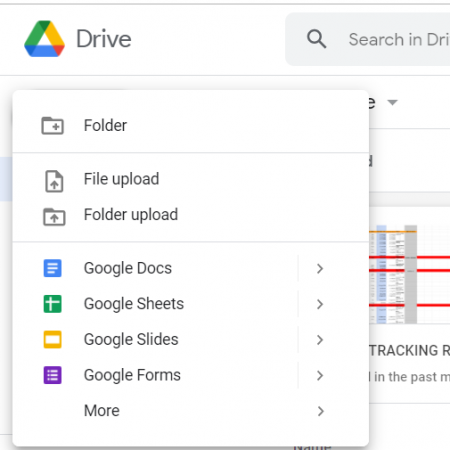Link Google Sheets to Excel: Quick Guide

In today's data-driven environment, Google Sheets and Microsoft Excel are pivotal tools for managing and analyzing data. However, you might find yourself needing to connect these two platforms for seamless data management. Here’s a comprehensive guide on how to link Google Sheets to Excel, ensuring you can leverage the strengths of both applications.
Understanding the Basics

Before diving into the technicalities, it’s crucial to understand the basics:
- Google Sheets: A free, web-based spreadsheet program that allows real-time collaboration.
- Microsoft Excel: A powerhouse for data analysis with advanced functions and locally stored files.
Linking Google Sheets to Excel

Let’s look at several methods to sync or link these applications:
1. Manual Export/Import

This is the simplest method, but it requires manual action each time:
- On Google Sheets, click File > Download and choose ‘Microsoft Excel (.xlsx)’.
- Save the file locally.
- Open Excel, and either open the .xlsx file or use the Data > Get Data > From File > From Workbook to import.
2. Using Google Drive Desktop App

Google Drive allows you to work with your Google Sheets files directly from your computer:
- Install Google Drive for Desktop from Google’s official website.
- Sync your Google Drive, where your Google Sheets will appear as files on your PC.
- Use Excel to open or edit these files, ensuring real-time syncing back to Google Drive.
3. ImportExcel Add-on for Google Sheets

If you’re working more with Google Sheets, you might find this tool useful:
- In Google Sheets, go to Add-ons > Get Add-ons and search for ‘ImportExcel’.
- Authorize the tool, then use it to import or export Excel files to Google Sheets.
4. Excel Add-in: Google Sheets Sync

For Excel users needing frequent updates from Google Sheets:
- Download the ‘Google Sheets Sync’ add-in for Excel from the Microsoft Store.
- Link your Google Drive account within the tool to automatically import or sync data from Google Sheets into Excel.
5. External Tools and Services

Services like Zapier or Integromat can automate the process:
- Set up a workflow that triggers data from Google Sheets to be copied to Excel whenever there is an update.
6. Power Query in Excel

Power Query offers advanced data import and refresh capabilities:
- Use Power Query to connect to Google Sheets by selecting Data > Get Data > From Online Services > Google Sheets.
- Authorize access, choose your sheet, and set up scheduled refreshes.
📝 Note: Ensure that you have edit permissions on the Google Sheets file for syncing to work properly.
Best Practices When Linking Google Sheets to Excel

- Manage Collaboration: Make sure collaborators understand the linkage to prevent overwriting data.
- Data Formatting: Keep an eye on data formatting consistency between platforms.
- Version Control: Since changes might be made in different places, maintain version control to track changes.
Now that you've got the hang of linking Google Sheets with Excel, you can seamlessly integrate your data management processes. Whether you're using manual export/import methods, utilizing third-party tools, or leveraging the capabilities of Power Query, the choice largely depends on your workflow, the frequency of updates, and the complexity of your data interactions.
What happens to the formulas when syncing data?

+
Formulas might not transfer perfectly between Google Sheets and Excel due to differences in function names. It's important to check and adjust formulas manually after syncing.
Can I automate the syncing process?

+
Yes, using external services like Zapier or Integromat, or by setting up scheduled refreshes in Power Query, you can automate the syncing of data between Google Sheets and Excel.
Do I need a Google Drive for Desktop to link Google Sheets to Excel?

+
No, but it provides a convenient way to access and edit Google Sheets directly from your local file system, which might simplify your workflow.
This guide should help you better understand how to link Google Sheets to Excel, ensuring a seamless workflow for your data management needs. By following these methods and best practices, you can leverage the unique features of both platforms while ensuring data synchronization and efficiency.



